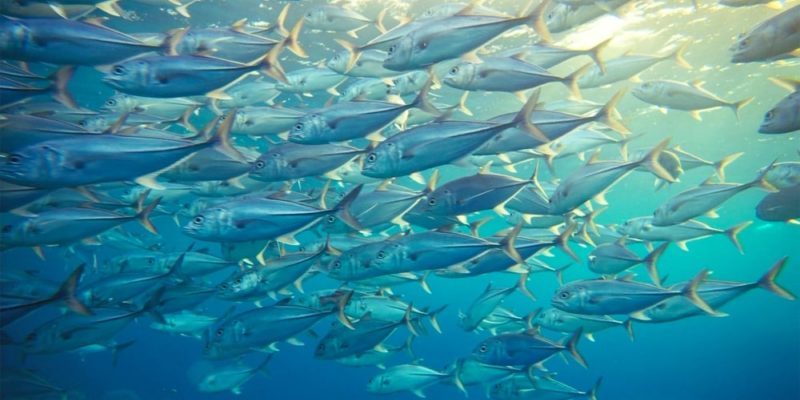
All biological organisms are located within systems that interrelate with each other at different levels. That’s what it’s called ecological organization, which comprises the following levels:
- Individual. Also known as the organism level, it is a crucial level for the organism to have the ability to reproduce. Every individual must be adapted to their environment, and interacts in different ways with others (mutualism, competition, reproduction, predation). Likewise, each of these organisms can be subdivided into different stages (life cycle): birth, growth, maturity, aging, death.
- Population. An ecological population is called a group of organisms of the same species or individuals that inhabit the same geographic area. The ways of relating to each other are: mutualism, competition, parasitism, predation and sexual reproduction (mating). For example: a group of giraffes that live in the same place.
- Community. A community is a group of populations that share the same site for a certain period of time. Animal, plant or both species can coexist. For example: felines are a community that contains different species such as pumas, tigers, wild cats.
- Ecosystem. An ecosystem is a space in which different living organisms interact with each other (plants or animals). Unlike the community, in the ecosystem the organisms that compose it interact producing energy and recycling food. An ecosystem is self-regulating and self-sufficient, that is, it has the resources to be independent from other ecosystems and supply its species. This level has an abiotic component, that is, it is not alive (for example: oxygen, water, carbon dioxide, nitrogen) and another biotic, that is, it has life (for example: animals and plants ).
- Biome. A biome is a group of ecosystems that present similarities to each other both in their abiotic and biotic components. For example: a portion of a continent in which climates with similar characteristics and similar species are found.
- Biosphere. The biosphere is a set of biomes that present differences with respect to each other, but also certain similarities. The planet Earth is considered as a great biosphere, which includes the different climates, oceans and continents of the planet. Also the biosphere is considered as the lower atmosphere of the Earth.
